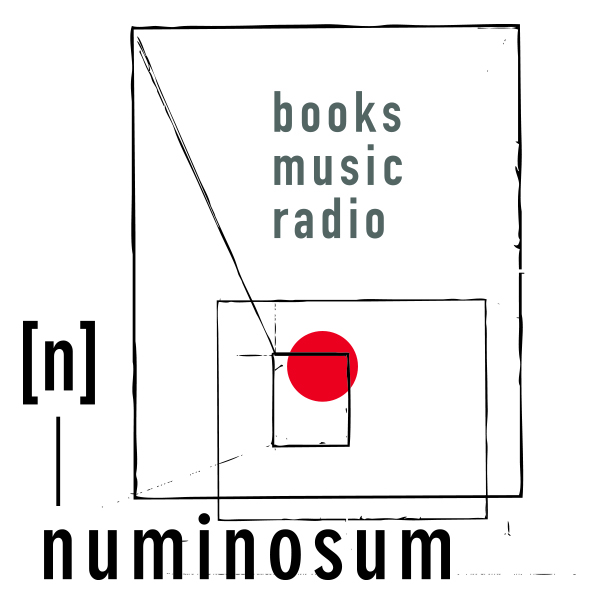Numinosum
“…a ‘hint’ that there are greater powers in the psyche than ego is conscious of.”
“First used by Rudolf Otto to describe the experience of the divine as awesome, terrifying and “wholly other.” In analytical psychology, it is used to describe the ego’s experience of an archetype, especially the Self.”
“… a dynamic agency or effect not caused by an arbitrary act of will…. The numinosum—whatever its cause may be—is an experience of the subject independent of his will…. The numinosum is either a quality belonging to a visible object or the influence of an invisible presence that causes a peculiar alteration of consciousness….”
Numinosum Music
—
“Experimentalism” by now has its own established forms, its traditions, tropes, and sub-genres, even cliches. So much has been tried, so much has been done already. There is a great deal to learn within this field, and a lot that can, and likewise will, be referenced. To study the subject in any depth is itself an enormous task. So for an individual artist to come up with anything that is truly innovative, in a collective or cultural sense, seems almost impossible; it seems absurd to even try. The focus of Numinosum, as a label for experimental music and sound art, is therefore less on some ideal of innovation than on an exploration and expression of that which personally excites an artist to experiment in the first place – to transgress personal limits, explore liminal terrains and mapless geographies of the soul, and best as they can express that attitude or quality of what seizes them with its curious and magnetic necessity. What particular object, embodying this quality, that calls so strongly to one person may have little importance to another, but the feeling of being in the grip of something – call it spiritual, psychological, or even archetypal – is itself a force which transcends the personality. It is not in itself beautiful or “good”, but it has power, it speaks of sublimity. Apart from mere obsessiveness, or the submission to a personal charisma, the numinous commands us, if we are to keep our eyes open, to recognize the depths. Experimentalism, therefore, in the sense that we pursue it, is of a necessarily personal nature. We are testing ourselves; we are asking philosophical questions of our own bodies, of our nervous systems, and of the surrounding air which may never be answered, yet these recordings are in some degree the response.
Numinosum Radio
—
Taken from a discussion involving “radio” – or some abstracted notion of radio – the idea for this series found its very sudden expression while sitting in a lecture that included mention of Glenn Gould’s experimental “Solitude Trilogy” of radio programs for the CBC. Already intimately familiar with these programs, and seeing in them something of a spiritual godfather, this podcast was, in that moment, conceived of as a platform for the development of various original compositions of a certain duration that could be made quickly and (hopefully) not overthought, at least in terms of their recording and production. Like the “Idea of North” (the first in the “Solitude Trilogy” cycle), this had about it the idea of location as central, though this location (like this idea) was even less fixed, and less tangible, than Gould’s conceptual circumambulations of North American tundra. Yet it was no less specific; there can be imagined a “landscape” of dream-stuff and myth that is entirely interior, neither exactly shared nor exactly private, that has its correspondence at times, in places, and is excited by, the world that everyone walks through on a day-by-day basis. This objective “world” which is generally agreed to exist gives reference and provides shape to a terrain of the psyche, which may be also conceptually navigated, if its phenomenology is somewhat less certain.
What Numinosum Radio attempts to do is elaborate upon the contours of this psychic landscape. It does not require the landscape to be real. It uses fragments of the objective world, scavenged obliquely and often surreptitiously, to construct a patchwork of dream-geographies, atmospherics and tectonics of the subjective. Whatever the merits, or the actual accuracy, of such a conceptual framework, it has provided a useful measure of latitude for containing and allowing for the continued creation of a series of quick works, a rough and therefore energetic sketchbook of compositional ideas for ongoing elaboration into electro-acoustic, experimental pieces at the liminal crossroads of musicality and soundscape. It may be taken in the sense of Erik Satie’s concept of “furniture music” or Brian Eno’s pioneering of ambient music, as intended to function for either foreground or background listening, to equivalent, if differing, effect.
